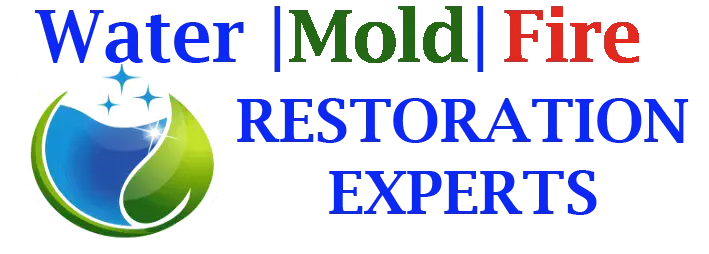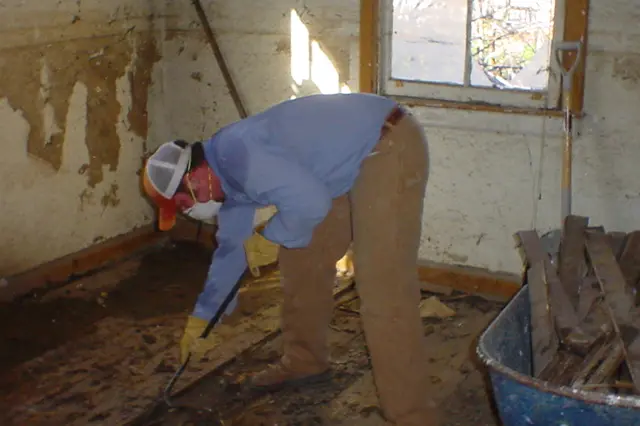What removes mold permanently?
Mold is a problem in any environment, but it’s especially difficult to deal with in a humid and wet environment like a home. Mold can form anywhere there’s moisture- whether that’s on a wall where water seeps through the paint, or on carpets that get soaked through from a leaky roof. Mold can be hard to remove, but there are some things you can do to make the process a little bit easier. In this article, we’ll discuss some of the most effective ways to remove mold permanently.
How to remove mold permanently
Mold can be hard to remove and may require professional help. Here are some methods that may work for you:
1. Use a vacuum cleaner with a HEPA filter. Be sure to use the highest setting possible.
2. Pour white vinegar onto the moldy area and wait 10 minutes before scrubbing with a brush. Carefully pour a pot of boiling water onto the vinegar solution and wait 10 more minutes before scrubbing again.
3. Mix 1 cup of baking soda with 2 cups of water and pour it over the moldy area. Soak for 30 minutes, scrubbing occasionally with a brush or your hands, then wash off with water. Repeat this process every day for two weeks, or until the mold is gone.
4. Make an acid-based cleaner by mixing equal parts white vinegar, hydrogen peroxide, and dish soap in a spray bottle. Sprinkle some salt on the moldy area before spraying cleaner onto it; let it sit for several minutes before brushing off any residue.
5. Combine 1 part hydrogen peroxide with 9 parts water in a pot and heat until the solution is hot. Pour it over the moldy area, let it sit for a few minutes, then scrub it off with a brush.
6. Mix 1 cup of white vinegar, 2 cups of water, and 1 tablespoon of Castile soap in a bowl and pour it over the moldy area. Soak for 30 minutes, scrubbing occasionally with a brush or your hands, then wash off with water. Repeat this process every day for two weeks, or until the mold is gone.
What are the signs of mold?
Mold can be a very dangerous and destructive organism, capable of causing serious health problems in those who are exposed to it. Although the signs of mold are often subtle, there are several indicators that you may have a problem with mold.
One sign of potential mold exposure is an increase in the number of respiratory infections. This is because Mold spores can easily travel through the air and trigger an infection in someone who is already infected. Other common signs of mold exposure include:
-A persistent feeling of being unwell
-Itchy skin
-Coughing up blood or mucus
-Wheezing
-Fatigue
How to remove mold with household items
Mold can be a serious health hazard if left untreated. There are a few household items you can use to remove mold from your home, or area it is growing.
One effective method is using white vinegar. Pour 1 cup of white vinegar into a spray bottle and mist the moldy areas with the vinegar. Let the vinegar sit for 10 minutes, then scrub the area with a brush. Rinse the area clean with water and dry it off. Repeat this process if necessary.
Another method is to use baking soda. Mix one tablespoon of baking soda with three cups of water in a large bowl and pour the mixture over the moldy area. Soak up the Mold with a sponge or cloth for 30 minutes, then scrub the area clean with a brush. Rinse the area clean with water and dry it off. Repeat this process if necessary.
How to remove mold with bleach
Mold can be a serious health hazard, and it’s important to know how to remove it safely and permanently. Bleach is a common tool for removing mold, but it’s not the only solution. Here are six other ways to get rid of mold:
1. Use an air purifier. Mold can often be eliminated by using an air purifier. This will help to remove the spores that cause the mold growth in the first place.
2. Get professional help. If you’re unable to rid your home of mold using methods listed above, don’t hesitate to call in a professional cleaner. They may have more advanced tools or knowledge that can help get the job done quickly and safely.
3. Remove the mold with baking soda and water. Add 1 cup of baking soda to 1 gallon of water, stir well, and pour this mixture into a spray bottle. Spray the mixture onto the moldy areas and let it sit for 10 minutes before scrubbing it off with a brush or your hands. Be sure to wear gloves if possible so you don’t spread the mold around further!
4. Use hydrogen peroxide as a mold remover. Mix 3 tablespoons of hydrogen peroxide with 2 cups of warm water in a bowl, then pour this mixture into a spray bottle and use it like you would bleach on moldy areas. Be sure to read the label carefully before using this product; some versions are very dangerous if ingested!
5. Make a moldicide. A moldicide is a type of cleaner that kills mold by destroying its cells. To make your own moldicide, mix 2 cups of white vinegar with 1 cup of ammonia in a bowl. Pour this mixture into a spray bottle and use it to clean moldy areas. Be sure to wear gloves and avoid contact with your eyes!
6. Remove Mold with a Vacuum Cleaner. If you don’t have any other options, you can try to remove the mold using a vacuum cleaner. Be sure to use the correct type of vacuum cleaner for the job; not all vacuums are made to remove mold. Start by cleaning the area where the mold is located, then use the vacuum cleaner to suck up the mold and debris.
If you’re still struggling to get rid of mold, it may be worth considering a professional cleanup. Mold can be a huge headache to deal with on your own, and a professional cleaner will have the tools and knowledge needed to quickly and safely eradicate the problem.
What to do if you cannot remove mold with common methods
If you cannot remove mold with common methods, you may need to use a professional cleaning service. Mold can be removed using various chemical cleaners and disinfectants. The most effective way to remove mold is to clean the surface using a strong disinfectant, scrub the area with a brush or a pressure washer, then rinse it off with water. You can also use mold remediation products such as bleach or enzymes to clean and sanitize the area.

